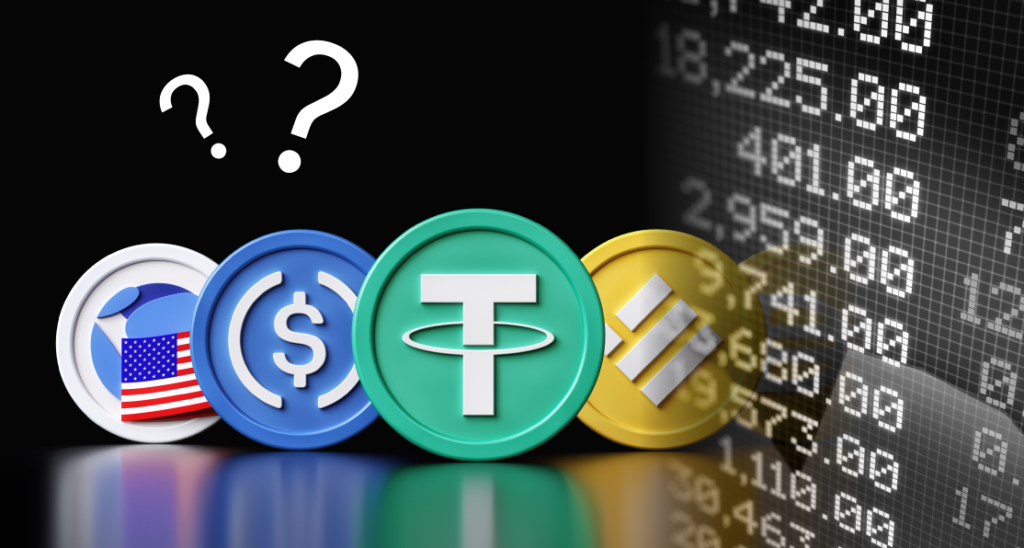
Types Of Usdt
Types Of Usdt,In the ever-evolving world of cryptocurrency, Tether (USDT) stands out as one of the most popular and widely used stablecoins. Pegged to the US dollar, USDT provides a bridge between traditional fiat currencies and cryptocurrencies, offering stability in a market known for its volatility. However, not all USDT tokens are created equal.
Types Of Usdt
This article delves into the various types of USDT, exploring their unique features, underlying technologies, and specific use cases. Whether you’re a seasoned investor or new to the crypto space, understanding the different types of USDT is crucial for navigating the digital currency landscape effectively.

What is USDT?
Before diving into the different types of USDT, it’s essential to understand what USDT is. USDT, or Tether, is a type of cryptocurrency known as a stablecoin. It’s designed to maintain a stable value by being pegged to a fiat currency, in this case, the US dollar. This peg is maintained through a reserve of assets that matches the value of all USDT in circulation. The stability offered by USDT makes it an attractive option for traders and investors looking to avoid the extreme volatility of the cryptocurrency market.
Types of USDT
USDT is issued on various blockchain platforms, each with its own set of features, benefits, and limitations. The primary types of USDT include:
- Omni Layer USDT
- Ethereum (ERC-20) USDT
- Tron (TRC-20) USDT
- EOS USDT
- Algorand USDT
- Solana USDT
- Binance Smart Chain (BEP-20) USDT
Omni Layer USDT
The original USDT was issued on the Bitcoin network via the Omni Layer protocol. This version allows for the creation of digital assets on the Bitcoin blockchain. While it benefits from the security and reliability of Bitcoin, Omni Layer USDT suffers from slower transaction speeds and higher fees compared to other types of USDT.
Ethereum (ERC-20) USDT
Ethereum-based USDT, or ERC-20 USDT, is the most widely used type. It leverages the Ethereum blockchain’s smart contract capabilities, offering faster transactions and lower fees than the Omni Layer version. ERC-20 USDT is supported by a vast majority of exchanges and wallets, making it highly accessible to users.
Tron (TRC-20) USDT
Tron’s version of USDT, known as TRC-20 USDT, offers even faster transaction speeds and negligible fees, making it an attractive option for users looking for efficiency and cost-effectiveness. The Tron network’s scalability and high throughput capabilities make TRC-20 USDT ideal for microtransactions and frequent trading.
EOS USDT
EOS USDT operates on the EOS blockchain, known for its zero transaction fees and high scalability. This version of USDT is designed for decentralized applications (dApps) and smart contracts, offering seamless integration and fast transaction processing.
Algorand USDT
Algorand USDT is built on the Algorand blockchain, emphasizing speed, security, and scalability. It features instant transaction finality and near-zero transaction costs, making it suitable for high-speed financial applications and cross-border transfers.
Solana USDT
Solana USDT capitalizes on the Solana blockchain’s high-performance capabilities, offering incredibly fast transaction speeds and low costs. It’s designed for decentralized finance (DeFi) applications and services that require high throughput and efficiency.

Binance Smart Chain (BEP-20) USDT
Binance Smart Chain’s version of USDT, BEP-20 USDT, combines the benefits of low transaction fees and high transaction speeds with the extensive ecosystem of the Binance Smart Chain. It’s highly compatible with a wide range of DeFi applications and services.
Choosing the Right Type of USDT
Selecting the appropriate type of USDT depends on several factors, including the specific use case, preferred blockchain platform, transaction speed requirements, and cost considerations. For users prioritizing transaction speed and low fees, TRC-20, Solana, and Algorand USDT might be the best options. Meanwhile, those looking for wide acceptance and compatibility might lean towards ERC-20 USDT.
Conclusion
USDT‘s various iterations across multiple blockchain platforms highlight the flexibility and adaptability of stablecoins in meeting the diverse needs of the cryptocurrency community. Whether you’re engaging in trading, investing, or using cryptocurrencies for payments, understanding the different types of USDT can help you make informed decisions and optimize your crypto operations. As the digital currency landscape continues to evolve, staying informed about the latest developments in stablecoins like USDT will be crucial for anyone looking to navigate this space effectively.


